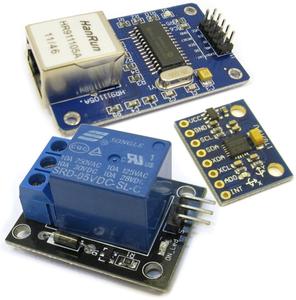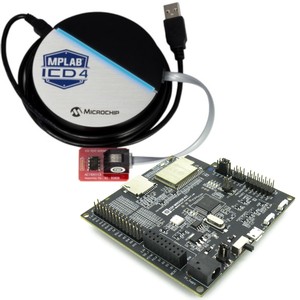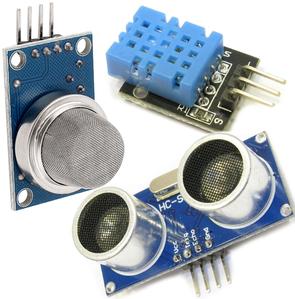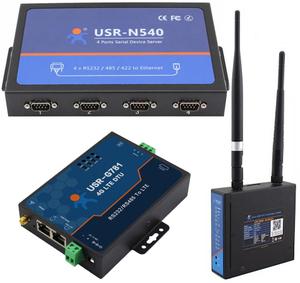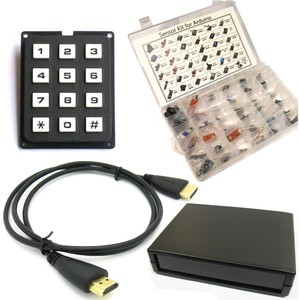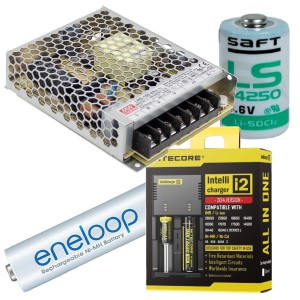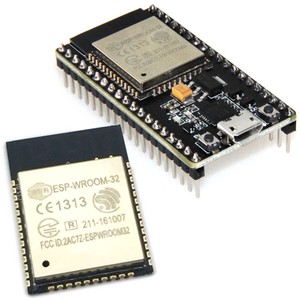No products in the cart.
Wemos LoLin32 Lite vs LoLin32 Classic
The Wemos LoLin32 Lite(ESP32 MicroPhython) is a lite version of the classic ESP32 Lolin32 board. This lite module uses the ESP32-DOWD6Q 28017 (Rev 1) SoC chip from Espressif, which brings some bug fixes from the original chip. This SoC is always equipped with 4MB of flash memory.

To become Lite, the LoLin32 has to lose a few pins. The RX / TX and 5V pins are no longer present on the board. There is only one GND pin (instead of 5) and only one 3V3 pin (instead of 2). All I/O pins are available (x21 in total) which will allow you to exploit all the possibilities offered by the ESP32. The JST connector used to power the LoLin32 Lite using a LiPo battery is always present. It is now oriented in the extension of the board to the left of the micro-USB connector. The micro-USB port is always present. It is used for programming (code Arduino, Lua or micro-python) as well as for the charge of the battery. The LoLin32 Lite status LED is always present. The Reset button has moved between the two micro-USB and LiPo battery connectors.
| Wemos LoLin32 classic | Wemos LoLin32 Lite |
 |  |
Pin Evolutions Between the LoLin32 Classic and the Lite
Here is a comparative table that summarizes the changes made.
| Pin | Classic version | Lite version |
| 3V3 | x2 | x1 |
| 5V | x1 | – |
| GND | x5 | x1 |
| EN | X | X |
| VP | X | X |
| VN | X | X |
| RX/TX | X | – |
| I/O GPIO
34, 35, 32, 33, 25, 26, 27, 14, 12, 22, 19, 23, 18, 5, 17, 16, 4, 0, 2, 15, 13 | x21 | x21 |
All features of the LoLin32 Lite
- SoC: Espressive ESP32-DOWD6Q Rev 1.0. Tensilica Xtensa LX6 dual core processor
- Connectivity
- WiFi 802.11 b / g / n
- Bluetooth LE
- I/O via
- Connector 2×13-pin for UART, I2C, SPI, VP / VN, DAC …
- All pins operate with 3.3V
- Compatible Breadboard
- 1x micro USB port for power, LiPo battery charging, programming and debug
- USB / serial converter: CH340G (drivers for macOS and Windows on WiKi)
- 1x Reset Button
- Power: 5V via the micro USB connector or LiPo battery (max. Charging current: 500mA)
- Dimensions and weight: not indicated (approx 40 x 25mm)
Both boards are the same width. A connector row is available on each side, allowing it to be used on a breadboard.



